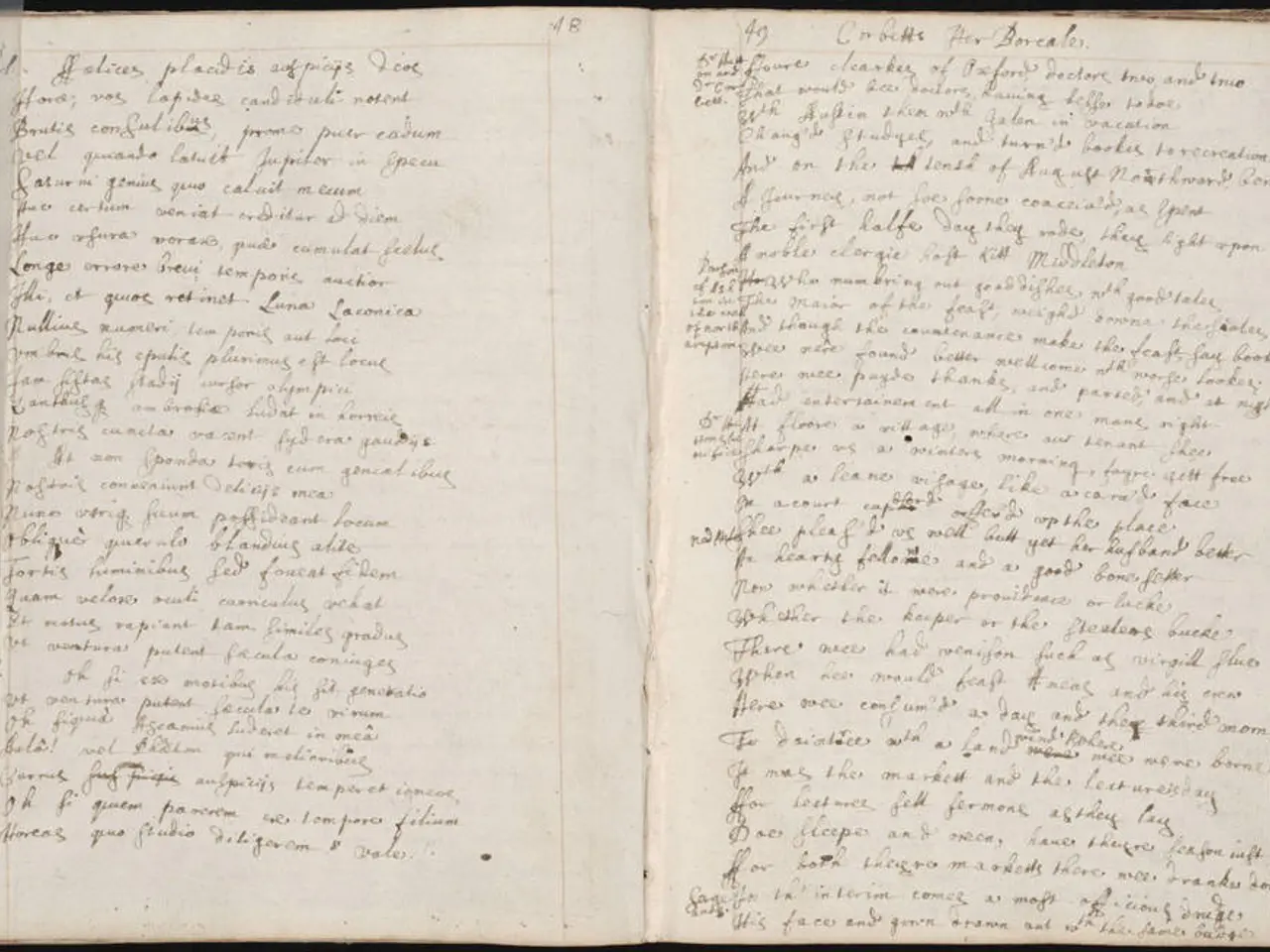Strategies for Incorporating Various Time-Travel Techniques in Literature
In the fascinating world of science fiction, time travel has long been a subject of intrigue and imagination. Stephanie O'Brien, in her article, presents three distinct models of time travel, each offering unique narrative possibilities and tension fields for authors. These models provide a rich canvas, ranging from fixed timelines to parallel universes, enabling the telling of stories with complex and varied time flows.
Let's delve into these models.
In the first model, a single timeline exists, and a time traveller physically moves back and forth across it with the aid of a machine. This method offers a plethora of storytelling opportunities, from encounters with one's younger self to potential conflicts with fellow time travellers across timelines. However, if the backward travel is permanent, the time traveller must grapple with the loss of all their accomplishments, relationships, and shared memories from the future.
Moving on to the second model, the time traveller's soul journeys back in time, while their body remains in the present. This visit can be temporary or permanent. This model introduces the possibility of the future soul competing with the past soul for control, especially if the time traveller travels repeatedly and ends up with multiple different iterations of themselves in a single body. Furthermore, the past self of the time traveller does not inherit their knowledge of the future, so the time traveller must be cautious not to undo their original motivation for time travel.
In this model, the time traveller can retain their memories of the way things originally went, allowing for more drastic alterations to the sequence of events without sacrificing plausibility. This method also presents the opportunity to explore the same scene from multiple angles, as the time traveller can meet the same person for the first time twice, with different mindsets and reactions.
Lastly, the third model of time travel allows the time traveller to create or enter a new timeline every time they travel, preserving the original timeline. This method resolves the issue of needing to avoid altering events that motivated the original time travel. However, it also raises the question of survivor's guilt, as the time traveller may abandon their original timeline to enter a supposedly better one.
In each new timeline, things can either be the same as the original until the point of interference or different enough to confuse the traveller. If the differences are too drastic, they must be plausible to maintain the suspension of disbelief. Additionally, if the time traveller can bring objects from one timeline to another, powerful objects should be difficult to obtain or sufficiently foreshadowed.
If the backward travel is temporary, the younger self must continue to exist, and the writer must establish how much the younger self is aware of external events during the cohabitation. If the time traveller and their past self look similar, they must avoid being seen together or doing anything that their past self wouldn't want to be implicated in.
These models offer a wealth of possibilities for authors, allowing them to craft compelling stories with complex and intriguing time flows. Whether it's fixed timelines, parallel universes, or changeable pasts, these models provide the foundation for stories that captivate and challenge the imagination.
Read also:
- Peptide YY (PYY): Exploring its Role in Appetite Suppression, Intestinal Health, and Cognitive Links
- Toddler Health: Rotavirus Signs, Origins, and Potential Complications
- Digestive issues and heart discomfort: Root causes and associated health conditions
- House Infernos: Deadly Hazards Surpassing the Flames








